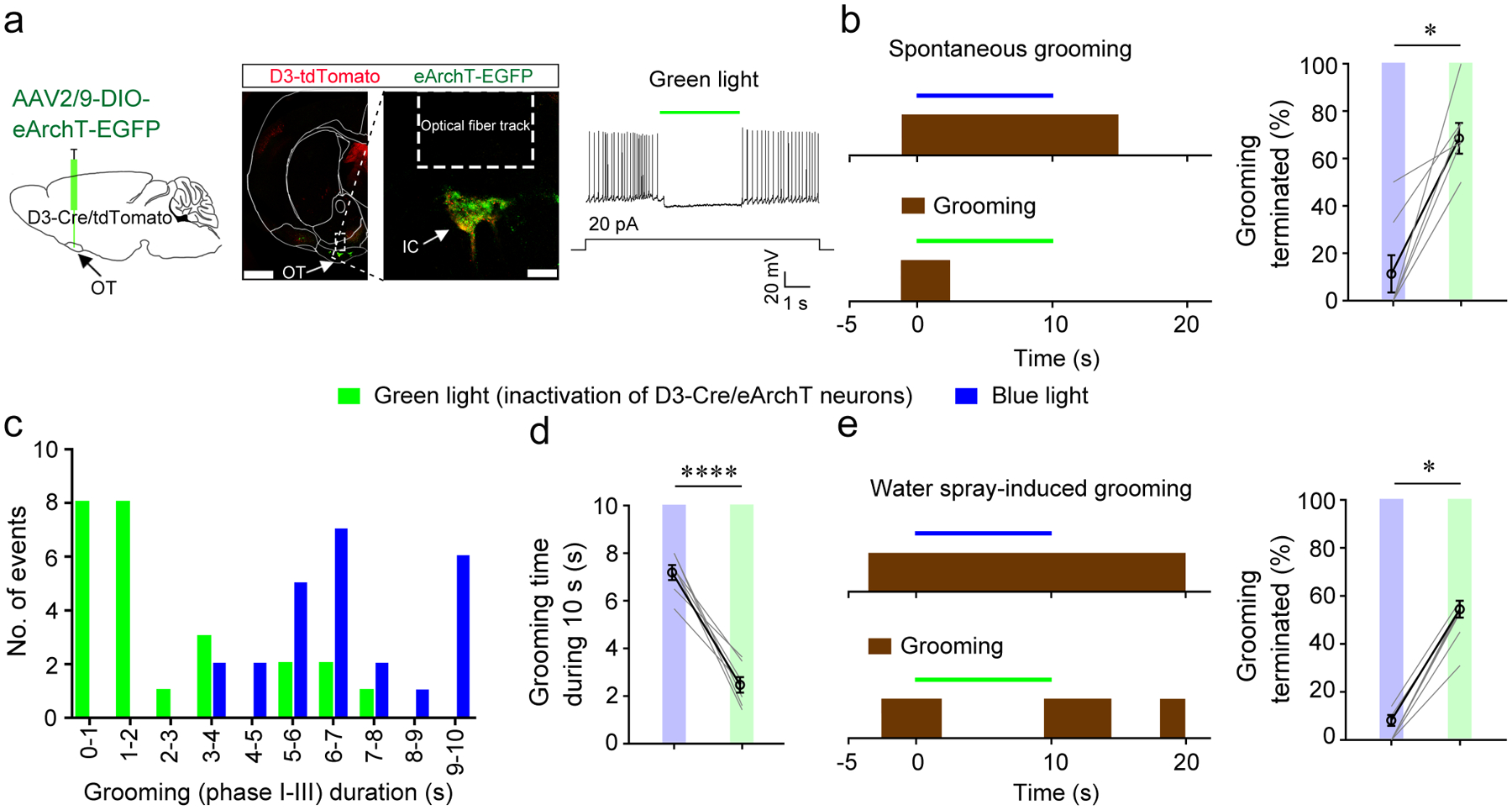Figure 4. Inactivation of D3-Cre/eArchT neurons halts ongoing grooming.

a, Left, viral injection strategy. Middle, post-mortem verification of viral infection and optical fiber implantation (similar results were observed in 7 mice). Scale = 1000 μm (left image) and 100 μm (right image). Right, green light effectively inhibited OT D3-Cre/eArchT neurons in acute brain slices (n = 3 out of 3 neurons). OT, olfactory tubercle. IC, islands of Calleja. b, Green light (inactivation of OT D3-Cre/eArchT neurons), but not blue light (which potentially excites eArchT with much less efficiency) shortened spontaneous grooming bouts. Left, representative trials. Right, the percentage of spontaneous grooming terminated within 3 s upon green or blue light stimulation. Wilcoxon signed-rank test, p = 0.016. c, Distribution of grooming durations upon 10 s stimulation of OT D3-Cre/eArchT neurons by green or blue light. d, Average grooming durations upon green light or blue light stimulation of OT D3-Cre/eArchT neurons. Student’s t test, t = 25.505 and p = 2.4E-07. The same dataset is analyzed for b-d: n = 25 trials from 7 mice with 3–6 trials/mouse. e, Green light (inactivation of OT D3-Cre/eArchT neurons), but not blue light stopped water spray-induced grooming. Left, representative trials. Right, the percentage of water spray-induced grooming terminated within 3 s upon green or blue light stimulation of OT D3-Cre/eArchT neurons (n = 7 mice; green light: n = 90 trials with 11–15 trials/mouse; blue light: n = 69 trials with 5–16 trials/mouse). Wilcoxon signed-rank test, p = 0.016. Both green and blue light were delivered continuously with the same intensity for a single mouse. *p < 0.05 and ****p < 0.0001. All averaged data are shown as mean ± SEM.
